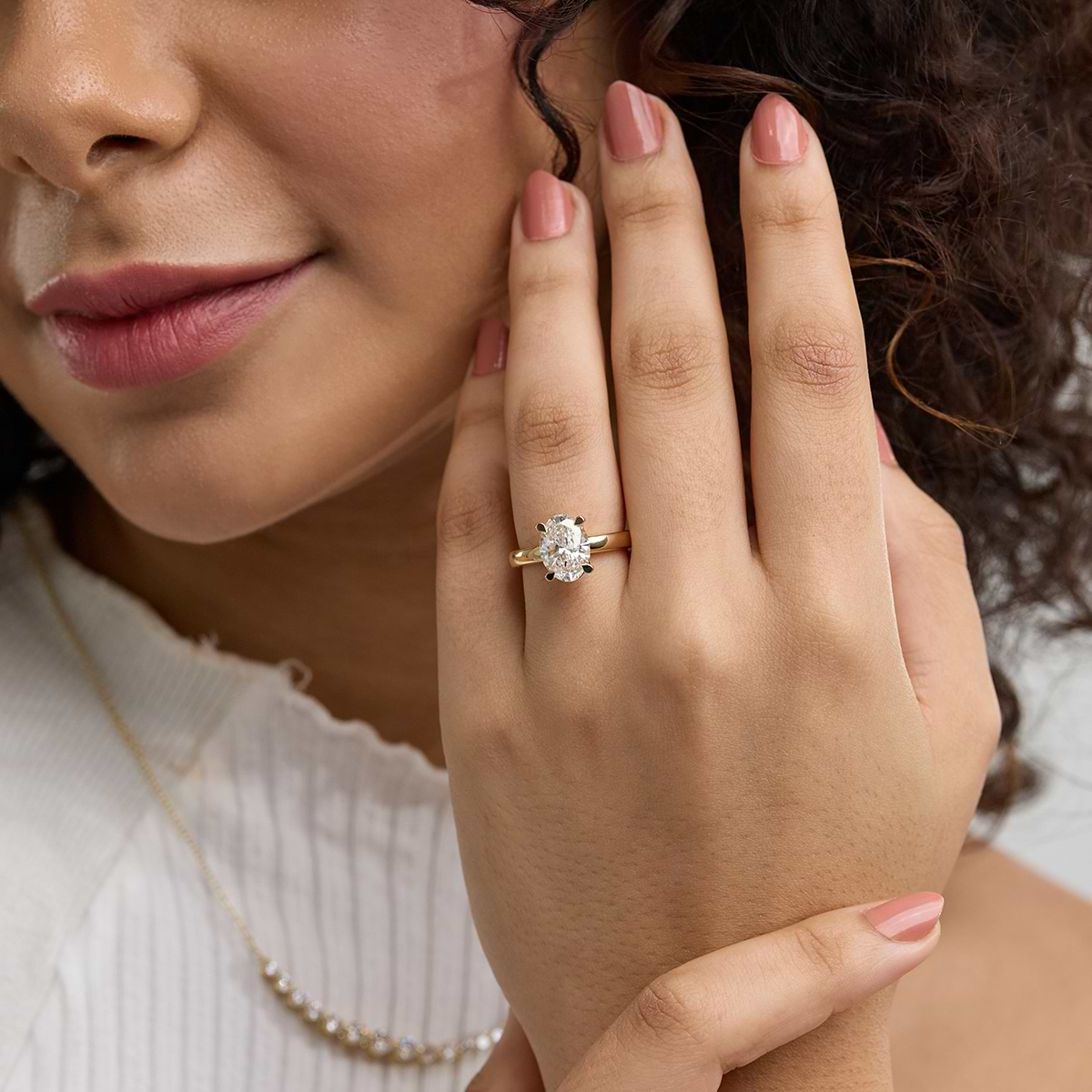When it comes to choosing an engagement or fashion ring, one element that often gets overlooked is the claws for lab grown diamond rings. These tiny prongs, though small in size, play a massive role in both the security and style of a ring. Whether you’re buying a ring for yourself or your partner, understanding the design and purpose of claws is essential—especially when paired with stunning lab made diamonds.
What Are Claws in Diamond Rings?
Claws, also known as prongs, are the small metal pieces that hold a diamond in place on a ring. Their job is to grip the diamond securely and elevate it in a way that maximizes sparkle and brilliance. The design, number, and shape of these claws can drastically affect how the diamond looks and how secure it is.
In the context of claws for lab grown diamond rings, the quality and precision of these prongs matter even more. Since lab made diamonds are chemically and optically identical to natural diamonds, they deserve the same level of craftsmanship.
Types of Claws Used in Lab Grown Diamond Rings
When selecting claws for lab grown diamond rings, you’ll come across several styles. Each has its own pros and cons depending on the diamond shape, size, and your personal taste.
1. Classic Four-Claw Setting
The four-claw setting is sleek and minimal, allowing more light to pass through the diamond for extra brilliance. This setting is ideal for round and princess-cut lab made diamonds, offering a modern and elegant look.
2. Secure Six-Claw Setting
A six-claw setting offers enhanced security, making it a top choice for larger or more valuable diamonds. It’s particularly popular for engagement rings because it keeps the stone snug while distributing pressure more evenly.
3. Double-Claw or Split-Claw
These add a touch of sophistication and are great for cushion or emerald cuts. If you’re after a vintage or intricate style, these claws for lab grown diamond rings make a stunning difference.
4. V-Claw for Sharp Edges
V-shaped claws are designed for diamonds with pointed corners, like marquise or pear cuts. These prongs protect the edges from chipping while maintaining elegance—making them perfect for uniquely shaped lab made diamonds.
The Role of Claws in Enhancing Beauty
It’s not just about holding the diamond in place. Claws for lab grown diamond rings also serve an aesthetic function. Prong settings allow light to pass through the diamond from more angles, creating an eye-catching sparkle.
With lab made diamonds already offering exceptional fire and brilliance, choosing the right claw design can elevate the entire look of your ring. A well-crafted claw can turn a simple ring into a masterpiece.
Lab Made Diamonds and Why They Matter
Before diving deeper into claw designs, it’s worth revisiting why lab made diamonds are rapidly becoming the preferred choice for many buyers. These diamonds are created in advanced labs using either HPHT (High Pressure High Temperature) or CVD (Chemical Vapor Deposition) techniques.
They are identical to mined diamonds in every way—except for the ethical and environmental advantages. Lab made diamonds are conflict-free, sustainable, and often more affordable than their mined counterparts.
This means you can invest more in custom settings, metals, and intricate claws for lab grown diamond rings without stretching your budget.
Matching the Right Metal with Claws
The type of metal you choose for your ring also affects how the claws look and perform. Here are some great pairings:
Platinum: Durable and hypoallergenic, great for long-lasting claws.
White Gold: Sleek and shiny, perfect for modern aesthetics.
Yellow Gold: A warm tone that beautifully contrasts with clear lab made diamonds.
Rose Gold: Romantic and trendy, works well with vintage claw designs.
Each metal brings out a different vibe, so choose one that complements both the stone and your personality.
Customization: Make It Truly Yours
One of the biggest advantages of choosing lab made diamonds is the ability to customize without breaking the bank. This includes picking unique claws for lab grown diamond rings to suit your taste.
Want to add hidden details? Opt for claw tips shaped like hearts. Prefer something bold? Choose claw settings that stand taller and lift the diamond above the band for a regal look. There’s no limit to creativity when you’re customizing with lab made diamonds.
Common Mistakes to Avoid
When choosing claws for lab grown diamond rings, watch out for these common pitfalls:
Overly thin claws: They may look delicate, but they’re more likely to bend or break.
Too thick claws: These can overshadow the diamond and reduce sparkle.
Inconsistent spacing: Uneven claws can make the diamond look off-center or unstable.
Wrong claw style for the diamond cut: Always match claw type to the diamond shape for both protection and beauty.
Avoiding these mistakes ensures your lab made diamonds stay secure and look their absolute best.
Maintenance Tips for Claw-Set Rings
To keep your claws for lab grown diamond rings in top shape:
Inspect regularly for loose prongs.
Clean gently with warm soapy water and a soft brush.
Avoid hard knocks or activities that may bend the prongs.
Visit your jeweller yearly for a professional inspection.
Well-maintained claws not only protect your lab made diamonds but also extend the life of your ring.
Final Thoughts
When choosing the perfect ring, details matter. The right claws for lab grown diamond rings can make all the difference—not just in how secure your diamond is, but also in how stunning your ring looks. Pair that with the brilliance, ethical assurance, and affordability of lab made diamonds, and you’ve got a match made in jewellery heaven.
By understanding the role of claw settings, exploring customization options, and learning what to avoid, you’re already one step closer to owning a ring that’s as timeless as it is responsible.





